Photos: Hurricane Michael Toppled Over Trees and Uprooted 19th Century Artifacts

Giant rootballs

Hurricane Michael, a category 5 storm, hit Florida last October with vengeance. It uprooted around a hundred trees at Fort Gadsden. But by doing so, it also exposed artifacts tangled up in their giant rootballs. The artifacts date back to the early 19th century, when the British fort was occupied by maroons, a community of freed slaves. Here, Andrea Repp, Forest Service archaeologist, measures the holes created by the uprooting of large pine trees in the area. [Read more about the discovery]
Excavating soil
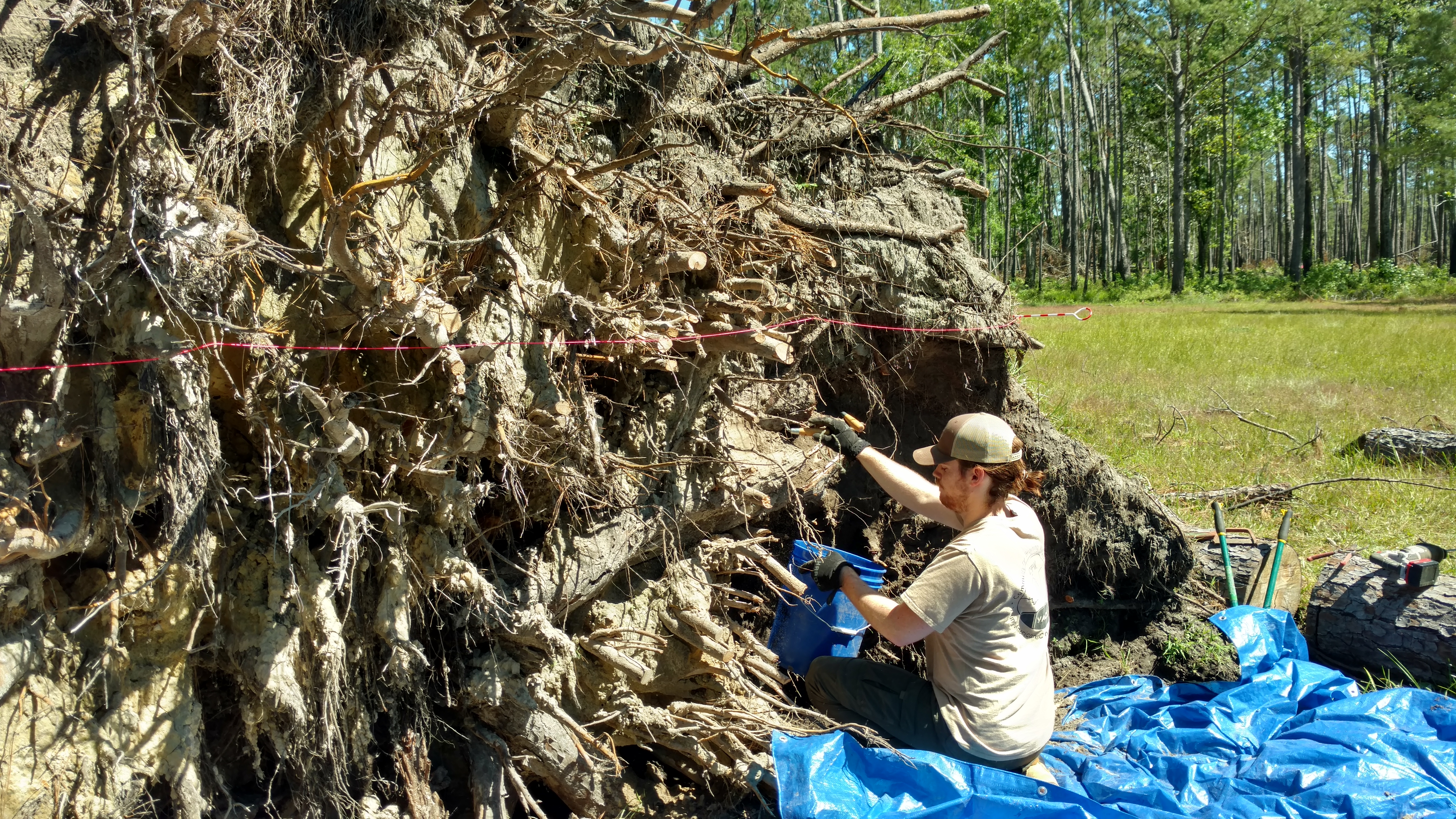
A crew member excavates the soil from an upturned tree, adjacent to the British Fort citadel. The team is analyzing the rootballs for artifacts that were buried beneath the soil throughout the last couple hundred years.
Removing soil
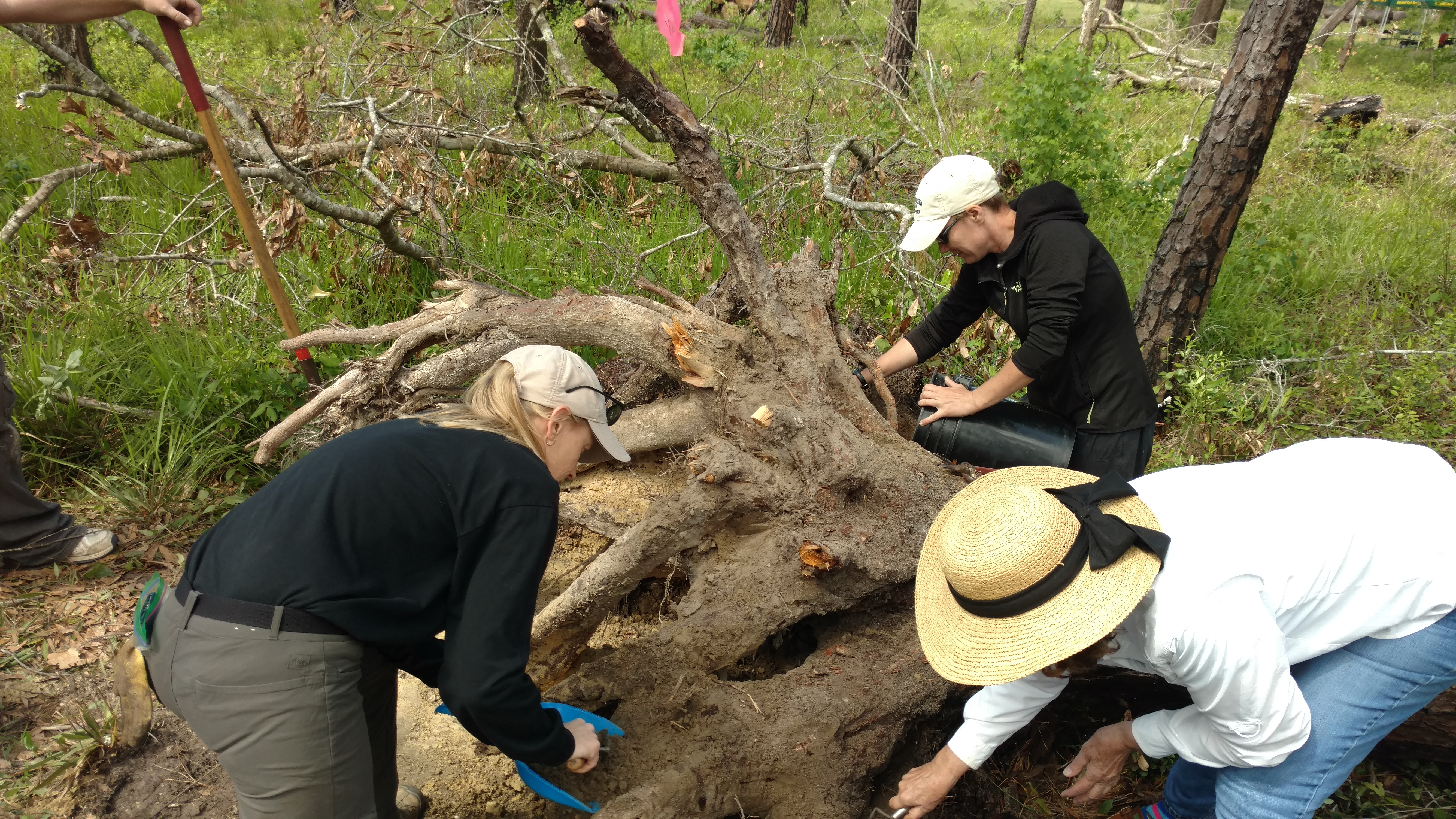
Paleowest archeologists Julie Duggins and Sunshine Thomas, and Southeast Archaeology Foundation volunteer Janet Bard remove soil from a rootball.
Cleared rootballs

A rootball after some areas of the soil were removed and screened for artifacts.
Sifting soil
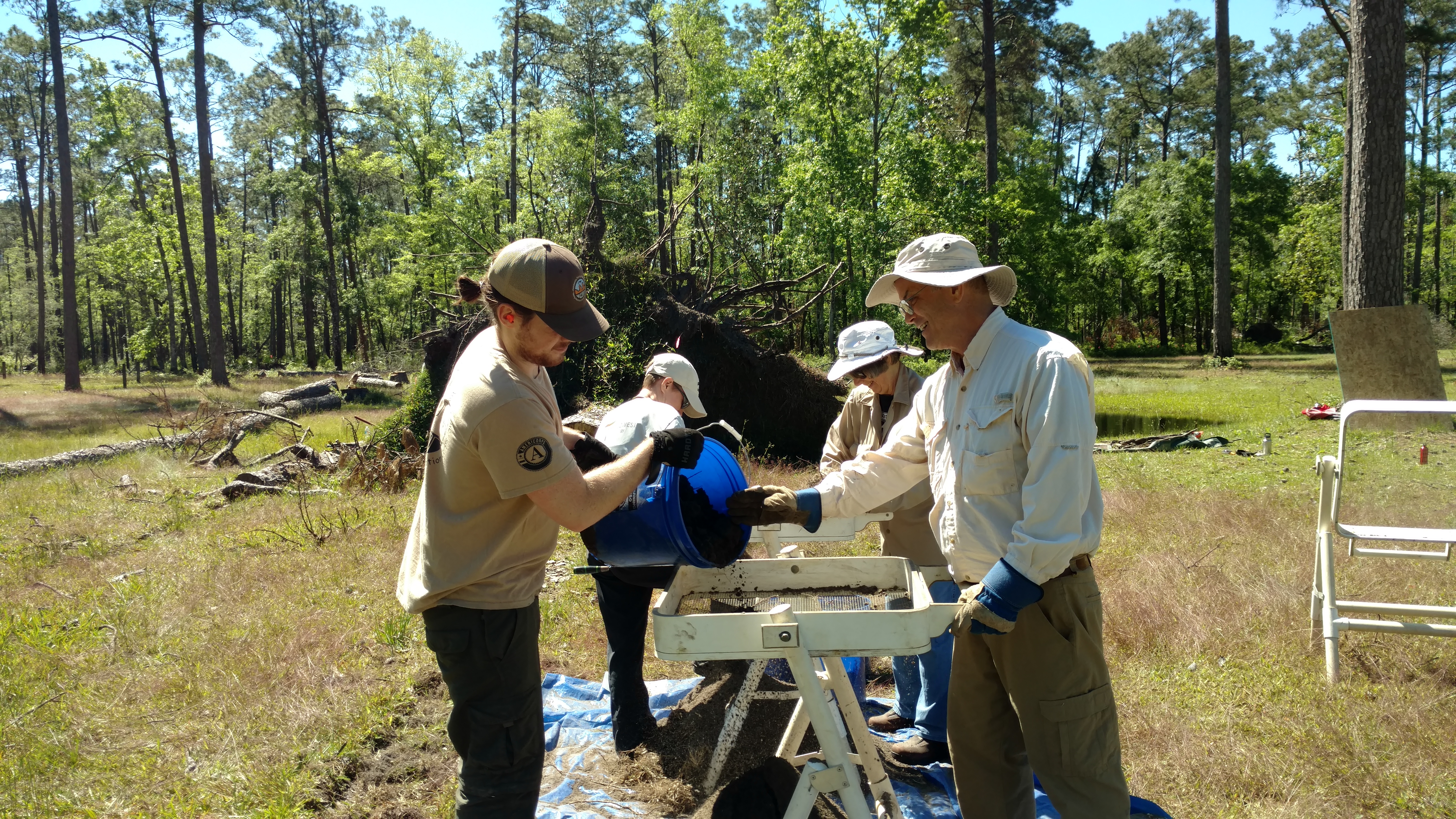
A crew member dumps excavated soil onto screens, that archaeologists and volunteers use to sift through and recover artifacts.
Ceramic sherd
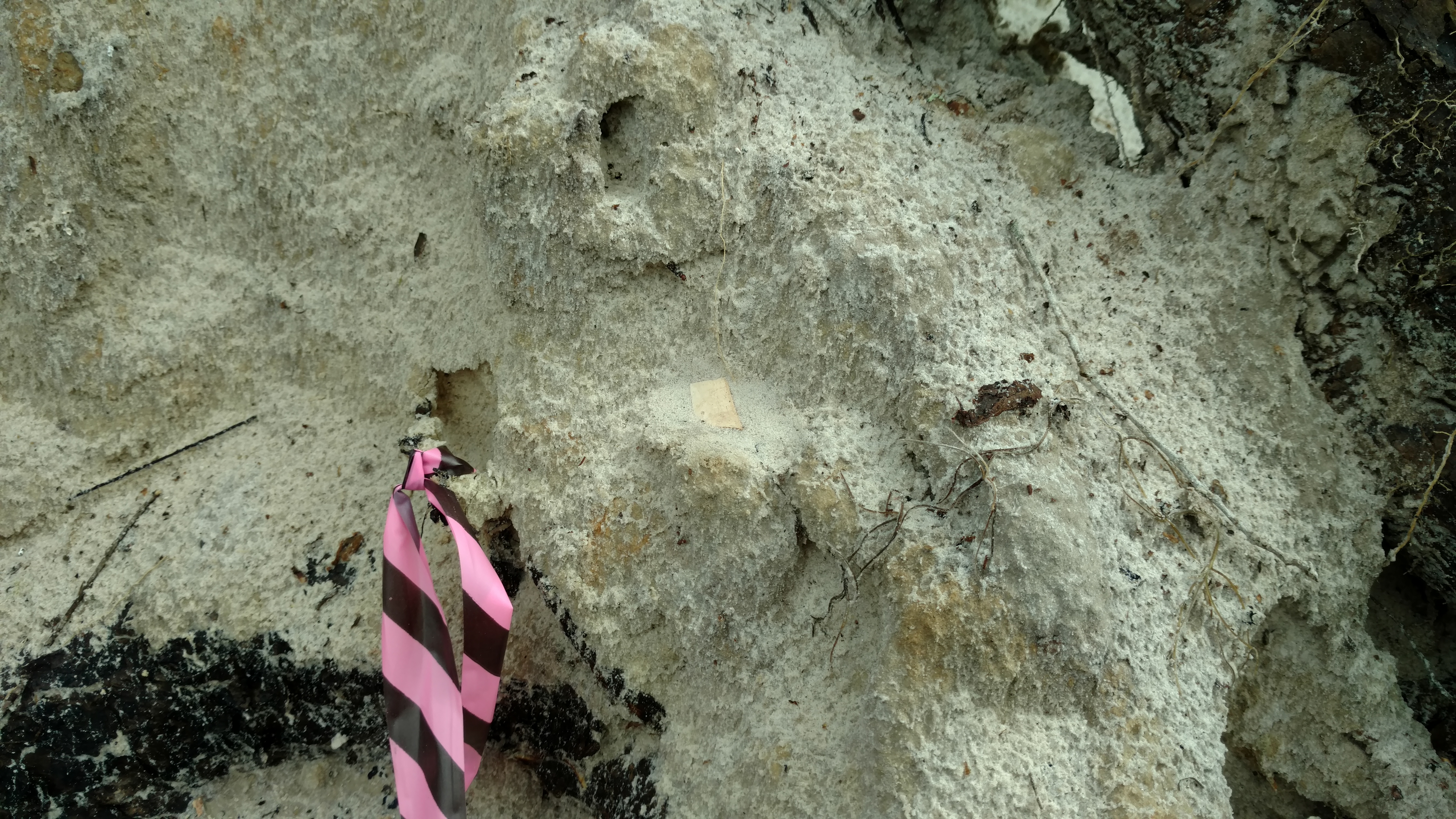
The team discovered many artifacts in the upturned rootballs, including ammunition and ceramics. Here, the storm exposed a whiteware ceramic sherd.
Earthenware sherd
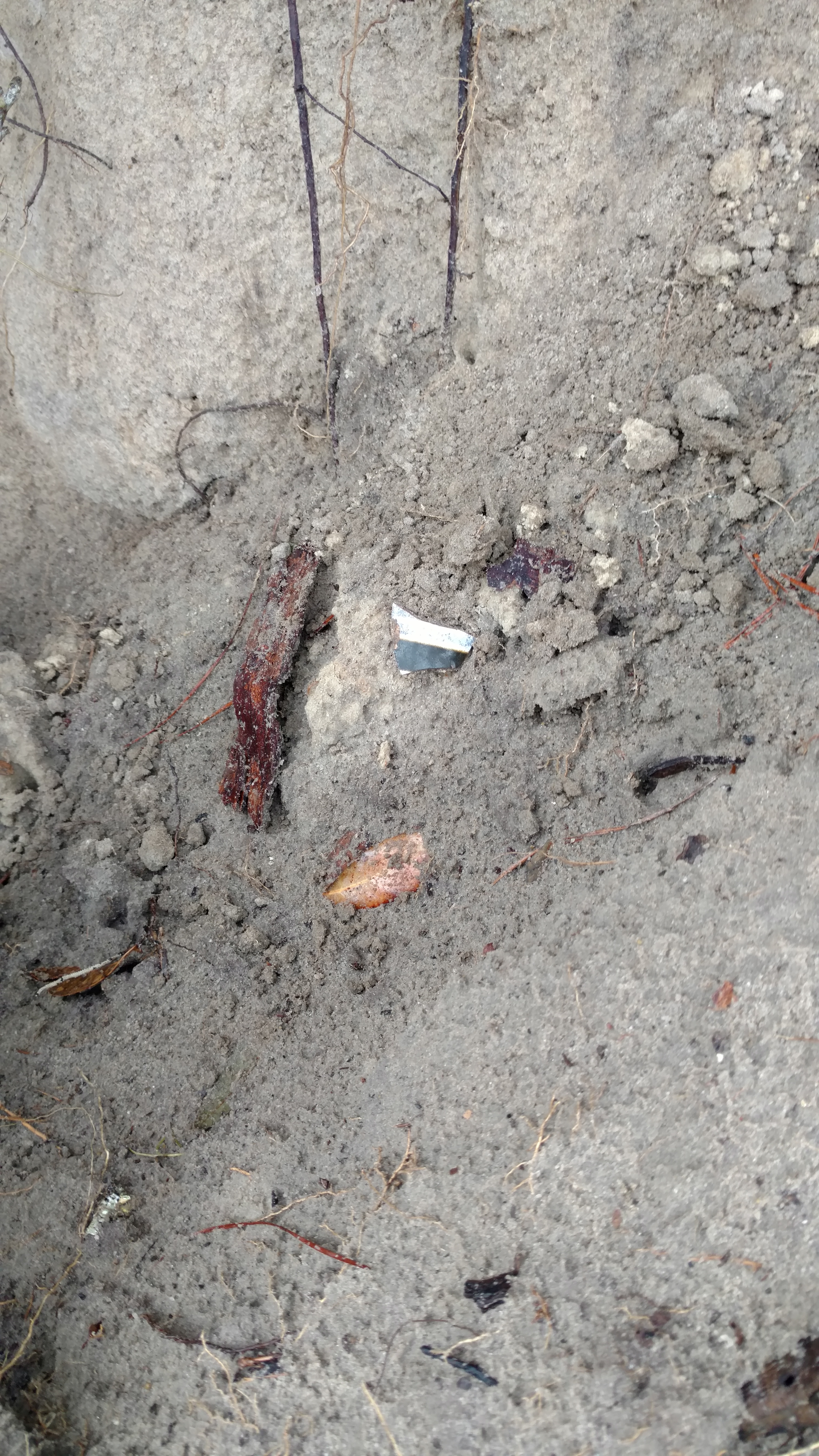
The giant rootballs revealed pieces of ceramics, such as this earthenware sherd, left over from the diverse cultures that lived together at the fort.
Sign up for the Live Science daily newsletter now
Get the world’s most fascinating discoveries delivered straight to your inbox.

Yasemin is a staff writer at Live Science, covering health, neuroscience and biology. Her work has appeared in Scientific American, Science and the San Jose Mercury News. She has a bachelor's degree in biomedical engineering from the University of Connecticut and a graduate certificate in science communication from the University of California, Santa Cruz.









